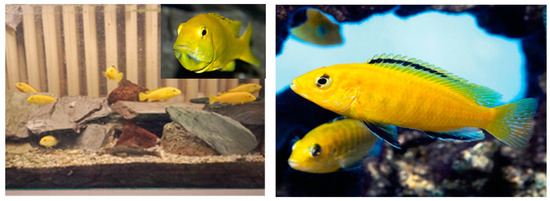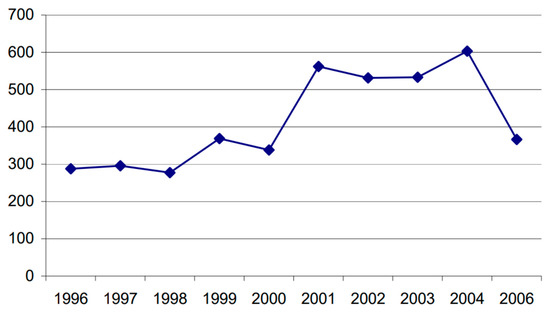Feature Papers in Animal Science (Closed)
A topical collection in Life (ISSN 2075-1729). This collection belongs to the section "Animal Science".
Viewed by 65005Editor
Interests: fish; microbial ecology; lipid nutrition; electron microscopy; gut microbiota
Special Issues, Collections and Topics in MDPI journals
Topical Collection Information
Dear Colleague,
This Special Issue aims to collect high-quality papers related to all aspects of endotermic and aquatic animals science, including anatomy, behavior, embryo manipulation, feeding, nutrition, physiology, histology, diseases, animal management, health and welfare, genetics and breeding, gut development, functional food, microbial ecology, gut microbiome, next-generation sequencing, and immunology. We encourage researchers from various fields within the journal’s scope to contribute papers highlighting the latest developments in their research field or to invite relevant experts and colleagues to do so.
Original research, editorials, reviews, communications, commentaries, case reports and other types of articles are kindly invited to improve knowledge and practice for animal science.
Prof. Dr. Einar Ringø
Guest Editor
Manuscript Submission Information
Manuscripts should be submitted online at www.mdpi.com by registering and logging in to this website. Once you are registered, click here to go to the submission form. Manuscripts can be submitted until the deadline. All submissions that pass pre-check are peer-reviewed. Accepted papers will be published continuously in the journal (as soon as accepted) and will be listed together on the collection website. Research articles, review articles as well as short communications are invited. For planned papers, a title and short abstract (about 100 words) can be sent to the Editorial Office for announcement on this website.
Submitted manuscripts should not have been published previously, nor be under consideration for publication elsewhere (except conference proceedings papers). All manuscripts are thoroughly refereed through a single-blind peer-review process. A guide for authors and other relevant information for submission of manuscripts is available on the Instructions for Authors page. Life is an international peer-reviewed open access monthly journal published by MDPI.
Please visit the Instructions for Authors page before submitting a manuscript. The Article Processing Charge (APC) for publication in this open access journal is 2600 CHF (Swiss Francs). Submitted papers should be well formatted and use good English. Authors may use MDPI's English editing service prior to publication or during author revisions.
Keywords
- fish
- microbial ecology
- lipid nutrition
- electron microscopy
- gut microbiota
- proteomics
- next generation sequencing
- arthropod parasites
- protease inhibitors
- disease vectors
- cystatin
- serpin
- kunitz
- tick
- insect
- vector-host interaction
- innate immunity
- shellfish immunology
- bivalve molluscs
- transcriptomics
- diseases
- hemocytes
- microscopy
























